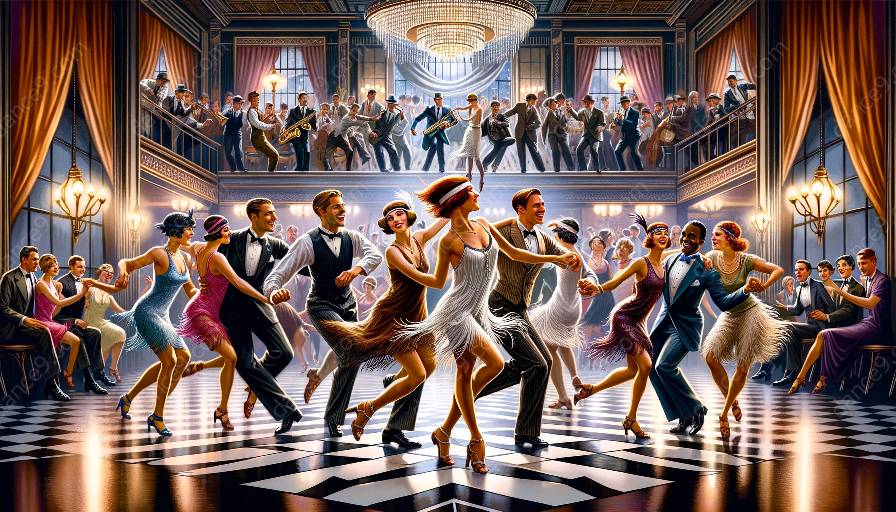Dance is a form of expression deeply intertwined with culture, history, and social dynamics. When it comes to dance, gender roles play a significant role in shaping practices and performances. In this comprehensive guide, we'll delve into the influence of gender roles on dance, with a focus on how they intersect with the distinctive Charleston dance style and the experience of dance classes.
The Historical Context of Gender Roles in Dance
Dance has been a fundamental part of human culture for centuries. Throughout history, gender roles have heavily influenced dance practices. In many traditional societies, certain dances were exclusive to one gender or the other, with specific movements and styles associated with masculinity or femininity. These historical gender norms continue to shape present-day dance practices and performances.
The Influence of Gender Roles on Charleston Dance
Charleston, a lively and energetic dance form that originated in African American communities in the early 20th century, reflects the influence of gender roles. Historically, Charleston was known for its improvisational and exuberant nature, with distinctive steps and movements that embody a carefree spirit. In its early years, Charleston challenged traditional gender roles, with both men and women performing high-energy movements that defied typical gender expectations.
However, as Charleston gained popularity and moved into mainstream culture, certain gender expectations began to resurface. The dance underwent a process of stylization and codification, which led to more defined roles for men and women. Even today, gender dynamics continue to influence how Charleston is taught and performed.
Gender Roles in Dance Classes
When it comes to dance classes, gender roles can have a profound impact on the learning experience and the overall atmosphere of the class. In some traditional dance forms, such as ballroom or ballet, there are clear expectations for how men and women should move and interact with each other. These expectations can reinforce traditional gender stereotypes and limit individual expression.
On the other hand, contemporary dance classes often strive to break down these barriers by encouraging fluidity and versatility in movement. In such classes, gender roles are challenged, and dancers are encouraged to explore a wide range of movements and expressions, regardless of their gender identity.
Shifting Gender Dynamics and Dance Practices
As societal attitudes towards gender continue to evolve, so too do dance practices and performances. The emerging awareness of gender diversity and inclusivity has led to a re-examination of traditional gender roles in dance. Many choreographers and dance instructors are actively seeking to create spaces where dancers of all genders can express themselves authentically and without constraints.
It is important to recognize that gender roles in dance are not fixed but are continually evolving in response to societal changes. By understanding the historical context of gender roles in dance, acknowledging their influence on specific dance forms such as Charleston, and promoting inclusivity in dance classes, we can create a more vibrant, diverse, and empowering dance community.













































































